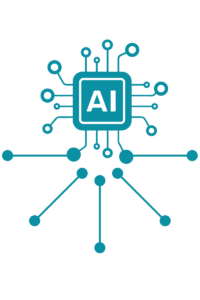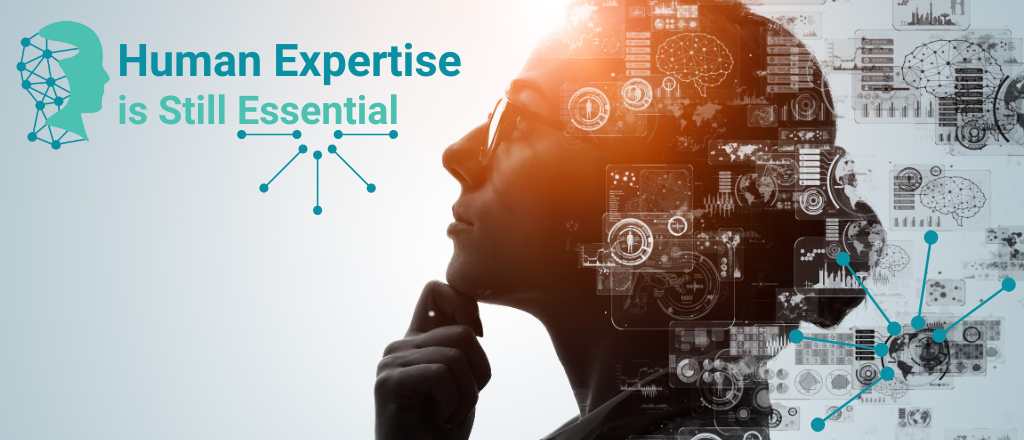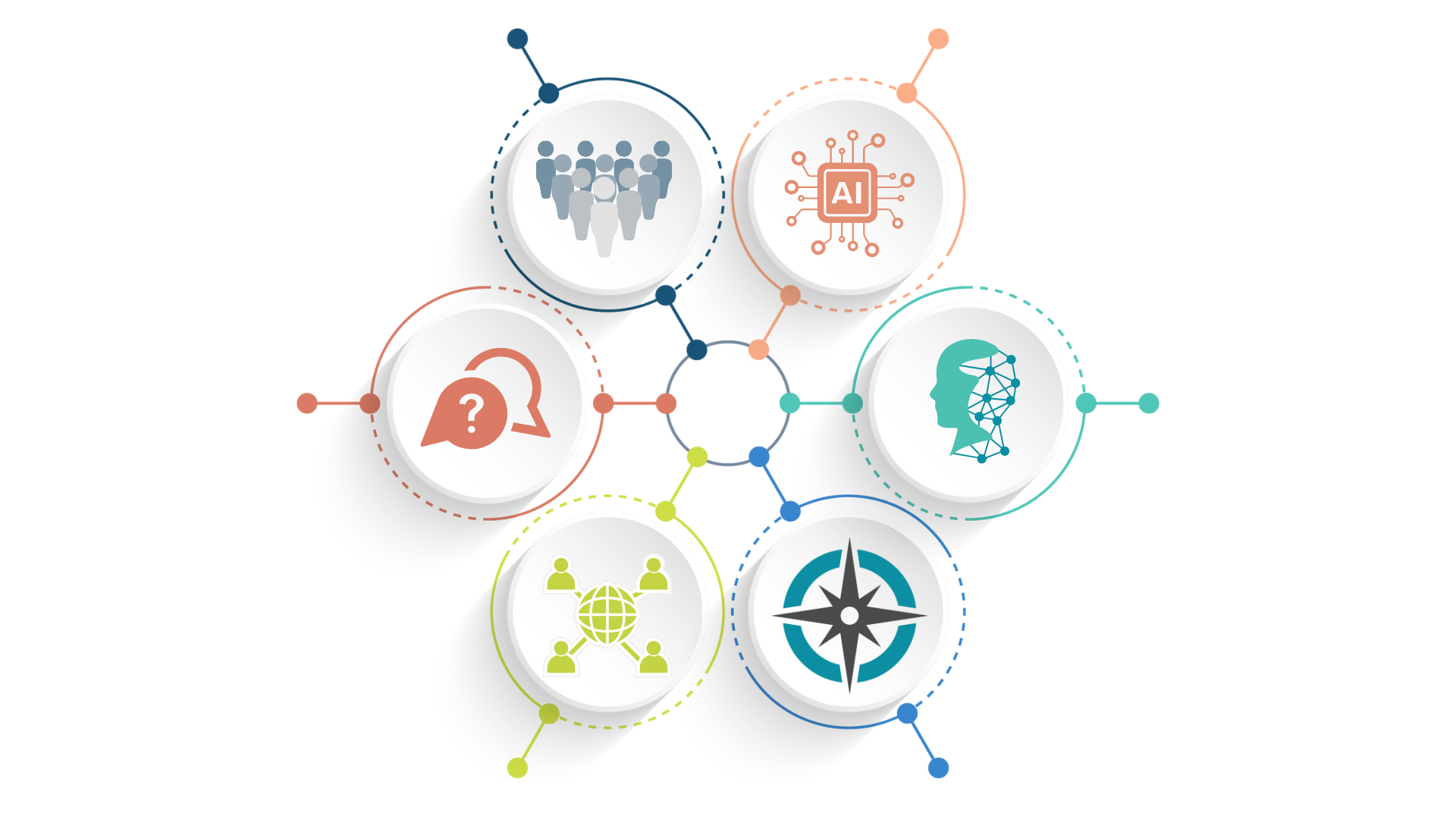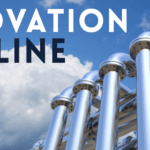The Risks of Sole Reliance on LLMs and AI in Technology Discovery:
Why Human Expertise is Still Essential
LLMs and AI tools are inadequate as primary technology discovery tools. A human analyst to validate technology search results, conduct crucial subject matter expert interviews, and evaluate unique ideas from experienced, creative employees and stakeholders through open innovation challenges will prove to be the best approach to a fully developed innovation management strategy.
In today’s world of rapid technological advancements, businesses are constantly racing to identify and adopt breakthrough solutions that can give them a competitive edge. AI-driven tools like large language models (LLMs) have emerged as powerful engines for uncovering information, scouring vast data sets in seconds, and generating insights that would otherwise take weeks to gather. However, as efficient as these tools are, they can create a false sense of security in the New Product Development arena. Successful technology discovery demands more than automated search results from aggregated public data; it requires a nuanced understanding of context, validation from subject matter experts, and the creative problem-solving that only human experience and insights can deliver.
There is no refuting that LLM’s and AI can significantly increase research efficiency, But while LLMs and AI tools have revolutionized how companies access and process data, relying solely on these technologies for technology discovery can lead to gaps in innovation strategies and can expose projects to significant risks, including outdated or inaccurate information that hasn’t been validated. Without human oversight to verify the limited insights generated by AI, your next product launch could be based on misleading, commoditized public data, ultimately jeopardizing the success of your innovation. Would you trust an AI-generated insight that missed key market developments or technological advancements simply because it wasn’t trained on the most recent data set, or because such knowledge only exists in the heads of a few key subject matter experts? It is tempting to believe that AI alone can serve as a comprehensive solution, but successful innovation management requires a combination of AI-powered tools and human expertise.

The Role of LLMs and AI in Innovation
LLMs and AI have transformed the speed at which we can gather, analyze, and interpret data. These tools can sift through vast amounts of information, identify patterns, and generate insights at a scale that would be impossible for humans alone. In technology discovery, AI can quickly search patents, academic papers, and market reports, providing users with a wealth of information in a matter of seconds. AI excels at tasks like identifying trends and generating preliminary research reports.
However, despite their impressive capabilities, LLMs and AI have limitations that research and innovation professionals must consider.
Why AI Alone is Insufficient for Technology Discovery
- Contextual Understanding: AI lacks the nuanced understanding of industry-specific challenges that human analysts possess. While it can retrieve relevant information, AI often struggles to assess the practical implications of certain technologies in a specific business or research context. For example, the same AI-generated result might appear equally valuable for industries as diverse as aerospace and consumer packaged goods, without fully accounting for the nuances of each sector.
- Hallucinations: One of the key risks of relying solely on AI tools is the potential for false positives or hallucinated data. AI can sometimes generate plausible-sounding information that is factually incorrect. In high-stakes technology discovery, such errors could lead to misguided investments, wasted resources, or even legal complications. Human analysts play a critical role in validating and cross-checking AI-generated insights, ensuring the integrity and accuracy of the data.
- Unpublished Human Insights: While AI can search and summarize information, it cannot conduct interviews with subject matter experts or engage in collaborative dialogue to extract the deeper insights that often come from human interaction. Innovation is often sparked by creative thinking, personal experience, and diverse perspectives that only people can still provide. A well-rounded innovation strategy requires the ability to synthesize not just data but also expert opinions and employee, vendor, or customer-generated ideas.
The Power of Combining LLMs with Gold Standard Data and Human-Driven Validation
To create a robust technology discovery and innovation management strategy, AI and human expertise must work together. Here’s how human analysts complement AI-powered technology discovery:
- Validating Search Results: Analysts can validate AI-generated search results, ensuring the information is relevant, actionable, and accurate. They can apply contextual knowledge that AI tools might miss, refining the results to meet specific business objectives.
- Expert Interviews and Insights: Human analysts are essential for conducting interviews with subject matter experts (SMEs), which provide insights that are not publicly available through data scraping or algorithmic analysis. These interviews often reveal emerging technologies or challenges that are not yet reflected in publicly available data.
- Crowdsourcing Ideas from Stakeholders: One of the most effective ways to foster innovation is through employee-driven ideation and innovation challenges. By involving employees, vendors, customers and other stakeholders, companies can capture unique ideas and perspectives that may never surface in a purely AI-driven process. Human analysts can design and manage these challenges, guiding discussions and curating the most promising ideas for further development.
- Strategic Decision-Making: Beyond generating ideas, human analysts play a key role in strategic decision-making, using AI-generated insights as one component of a larger innovation framework. They can interpret data within the broader context of the company’s goals, market trends, and competitive landscape, offering a strategic vision that AI cannot adequately replicate.
Ezassi Solution for R&D and Innovation Insights Through Human Expertise and Discovery
Open Infographic
A Hybrid Approach to Service-Enabled Insights and Innovation Management
For innovation and research professionals, the best approach is a hybrid model that leverages the strengths of both AI and human expertise. AI-powered tools provide the speed, efficiency, and breadth needed to keep pace with the rapid development of technology. However, human analysts bring the contextual understanding, critical thinking, and creative problem-solving skills necessary to turn that data into actionable insights and strategies.
Incorporating AI into your innovation management strategy is essential, but it should never be the sole driver. By combining AI technology discovery tools with human expertise, innovation leaders can ensure they are not just uncovering new technologies but also validating them and implementing the best possible solutions. This balanced approach ultimately leads to more successful project outcomes, allowing organizations to confidently navigate with unique innovation insights facing a competitive market.
So the next time you prepare for a costly new product launch, just ask yourself, Am I willing to risk a multiimillion-dollar launch on the knowledge gained solely from an AI search engine or LLM? I think, in your gut, you know that answer to that question.
Schedule a Meeting with an Innovation Analyst







